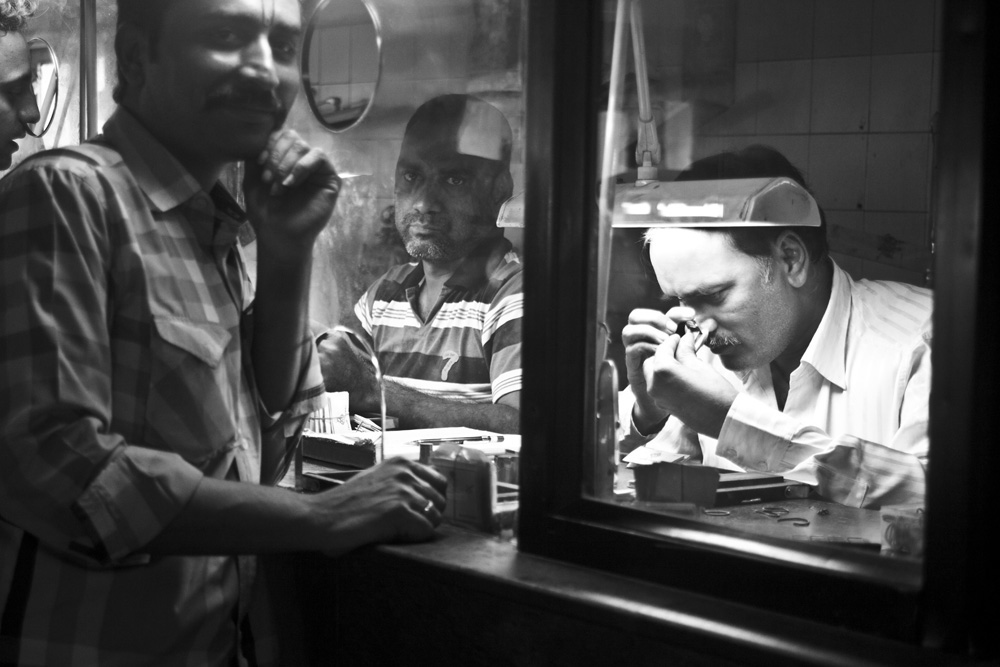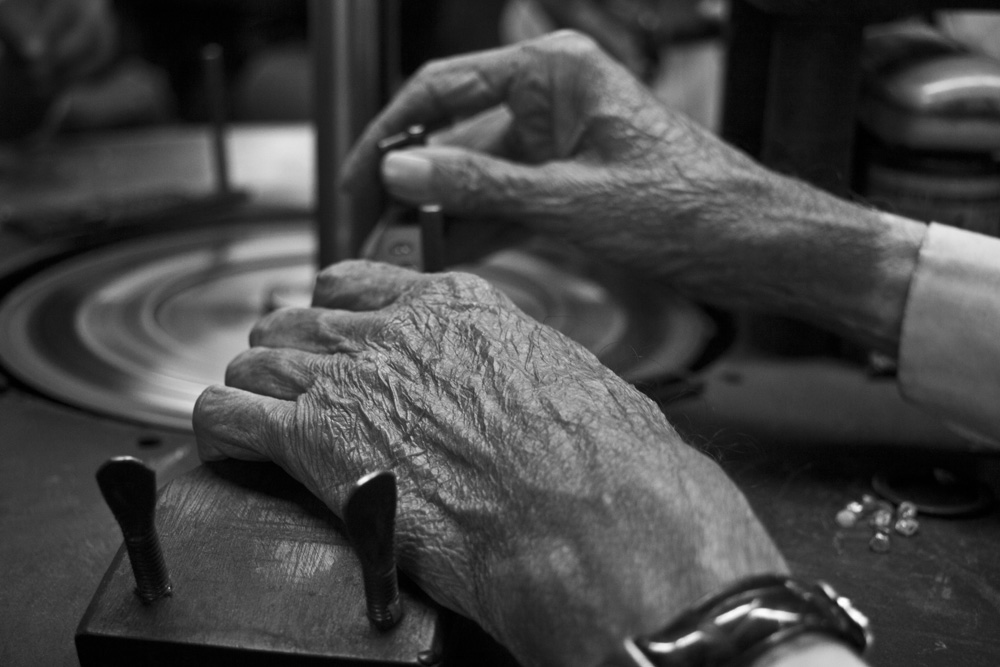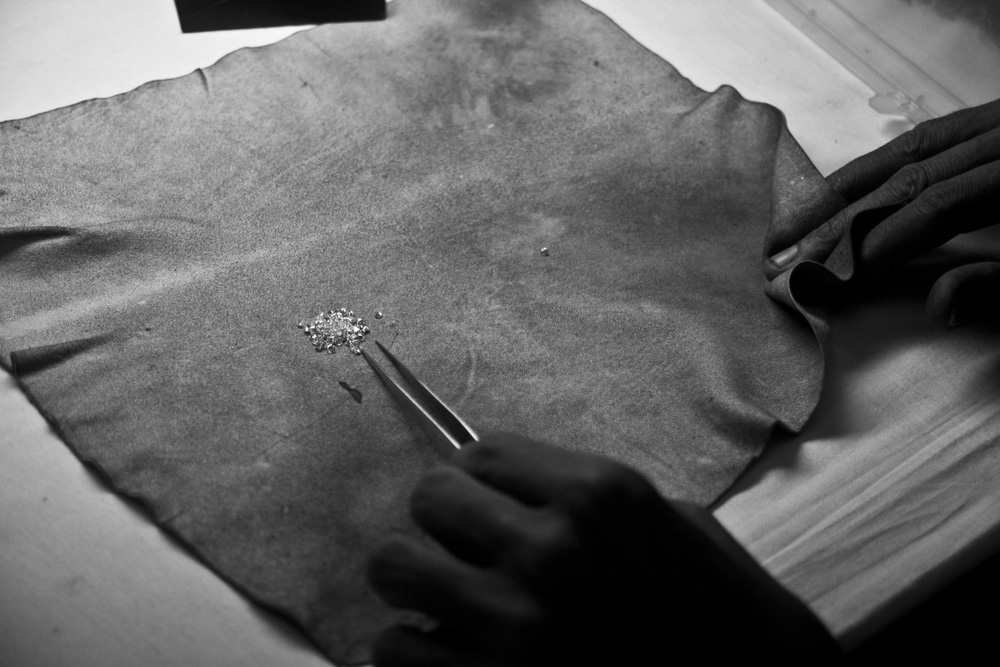The Diamond City
I grew up knowing that my hometown was considered the diamond city of India. I proudly boasted about it to outsiders. But I moved out of Surat at a very young age to educate myself further and pursue my career. Many times I thought about coming back and spending some time in Surat to learn more about these diamond-polishing industries that are the pride of our city. I finally made some time and met up with a few industrialists who permitted me to visit their factory and learn about the diamond cutting and polishing process. It was an overwhelming experience. After that visit I gathered some facts about these industries in Surat.
Surat, popularly known as the Diamond Capitol of India is at the heart of the world’s diamond-polishing industry, which cuts and polishes 80% of the world’s diamond pieces. Most of these factories are located at Varacha Road, a street in Surat. In the past technology, expertise and knowledge of manufacturing Diamonds was limited to countries such as Belgium, but now most of the stones are cut and polished at Surat in India.
The entire industry is dependent upon import of rough diamonds on a regular basis. Generally these Rough Diamonds are sourced from South Africa, Canada, Russia, Botswana and Australia and the Polished Diamonds from here are marketed through Mumbai, Hong Kong, London, New York and Antwerp.
There are about 8,000 diamond cutting and polishing units in this country that employ between 800,000 to 1,000,000 workers, of which Surat, has more than 3,000 diamond units, employing more than 400,000 workers (RBI 2009, Government of Gujarat 2009 and SDA 2009). Nine out of ten diamonds in the world are polished by these industries.
I was told that the employment is mostly community based since a lot of honesty and trust is required. The artisans’ education is not important as the job is skill based and anyone can be trained. Traditionally these artisans are called ‘hira karigars’ (diamond cutters). They refine the rough diamonds using polishing wheels, traditionally called ‘ghantis’. Although these days, many large factories use high precision tools and modern cutting and polishing laser machineries, but even then having the correct judgement is very important.
Most of these karigars are uneducated and these industries provide training and employment to hundreds of thousands of people.
Also, these industries have the least usage of power and almost absolutely no usage of water. So they are also pollution free manufacturing industries.













